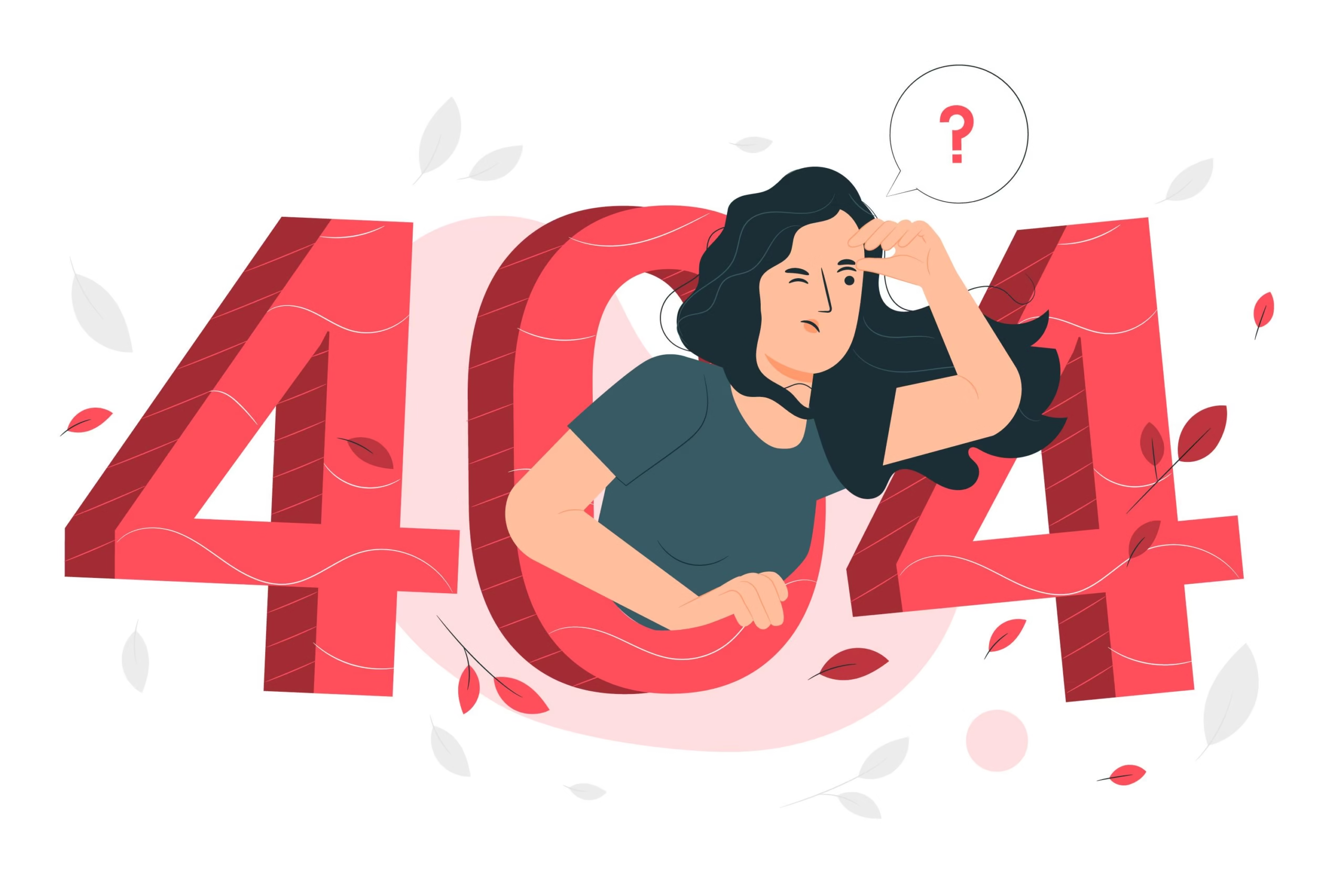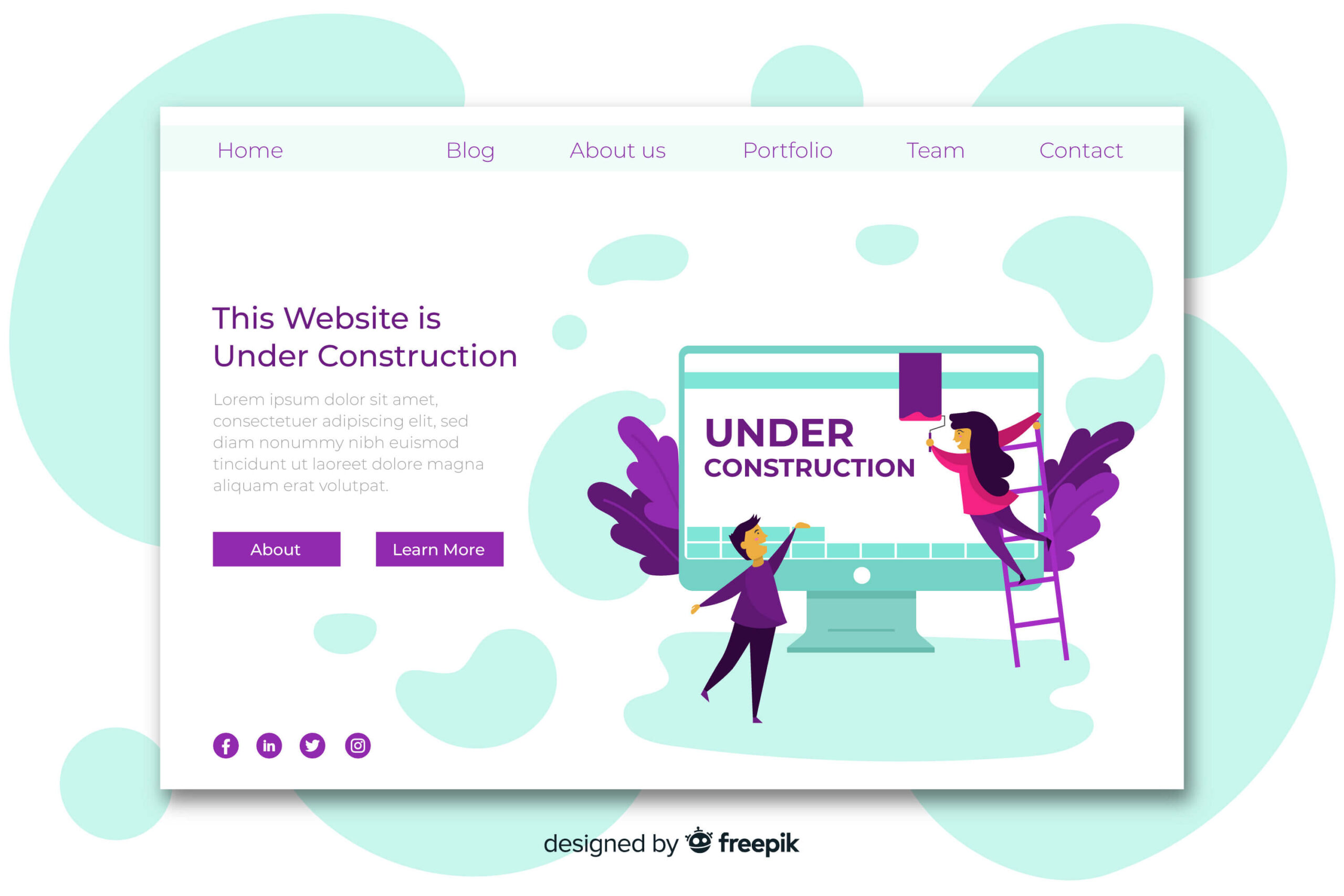Have you ever built a beautiful website that feels invisible in search results? Sometimes, it’s not that you’re not creating content people are searching for; it may be that you have a poorly planned information architecture (IA). Information architecture determines how your website’s content is organised and labelled. Think of it as the structure supporting your knowledge library. When it’s a chaotic mess, even the most valuable content gets buried, and search engines struggle to understand what your site is truly about.
How Does Information Architecture Help SEO?
A well-structured website with clear information architecture is like handing search engines a detailed map. This helps them easily crawl, understand, and index your content, boosting your relevance for what users are searching for. Critically, improved IA also benefits your human visitors! A website that’s intuitive to navigate leads to a better user experience, which keeps people on your site and signals positive engagement to search engines.
Key Principles of SEO-Friendly Information Architecture
Let’s break down the fundamentals of building an information architecture that makes both users and search engines happy
- Intuitive Hierarchy: Users expect a logical, top-down website structure. Your homepage serves as the entry point, with clear pathways branching off to category pages and then to individual content pages. This helps users understand your website’s scope and how different areas of content relate to one another.
- Clear Website Navigation: Your navigation menus, breadcrumbs, and internal links are the road signs guiding visitors’ journeys. Keep navigation menus concise and focused on primary categories, while breadcrumbs provide context as users move deeper into your site. Internal links strategically placed within your content create natural pathways between related pages.
- Descriptive URLs: Instead of random strings of numbers, use URLs that reflect your content hierarchy and include relevant keywords (e.g., /blog/website-design/ instead of /page-1234). This helps both users and search engines instantly understand what a page is about.
- Content Organisation: Group related content together into logical categories or themes. This establishes your website as a topical authority in your niche, improving relevance in search results.

Beyond Theory: Tools and Techniques to Improve Your IA
Let’s go beyond theory and into practice. Here are some powerful tools to help you create a user-centred information architecture.
- Card Sorting: This method involves asking potential users to group your content into categories that make sense to them. It helps you understand their mental models, ensuring your IA aligns with how your target audience naturally thinks. OptimalSort and UsabilityTools can help you do this
- Sitemaps: Don’t leave your website’s discovery up to chance. Create an XML sitemap and submit it to Google Search Console to ensure all your essential pages get indexed. Some SEO tools like RankMath can help you generate the Sitemap automatically.
- User Flow Diagrams: Map out the various paths users might take through your website. This helps you identify potential friction points, dead-ends, or areas where navigation could be more intuitive.
IA for Specific Website Elements
- Homepage: Your homepage is the gateway to your site. Clearly highlight your most important content and guide users towards those key sections with prominent calls to action.
- Blog: Employ categories, tags, and archives to provide smooth navigation within your blog content. This makes it easy for visitors to find specific topics they’re interested in.
- E-commerce: Product categories, clear filters, and an intuitive checkout flow are crucial for both usability and conversions. Strive to help users narrow down their choices and find exactly what they’re looking for easily.
IA is An Ongoing Process – Get Help
Don’t think of IA as a one-and-done task. It needs to evolve alongside your website and be informed by real user behaviour. As you study your analytics and determine how visitors interact with your site, you also identify potential pain points and areas where your IA might need refinement. Also, as you create new pages and sections, you must maintain a user-focused structure, integrating each new page logically into your existing hierarchy.
If you’re feeling overwhelmed or unsure about optimising your website’s IA, don’t hesitate to seek professional help. At Edens Digital, we can audit your existing structure and provide tailored recommendations for improvement. Get started today.




